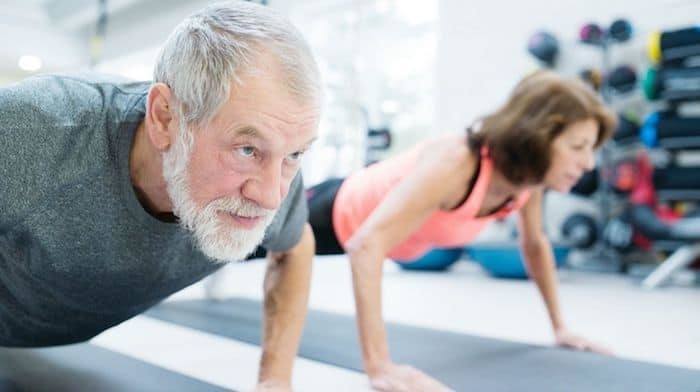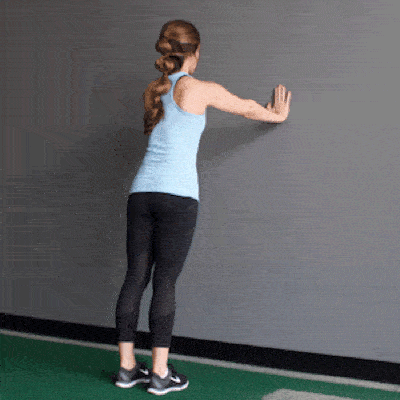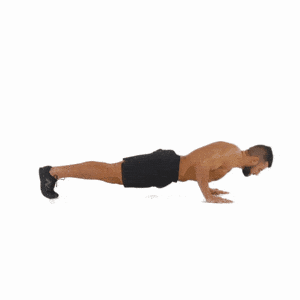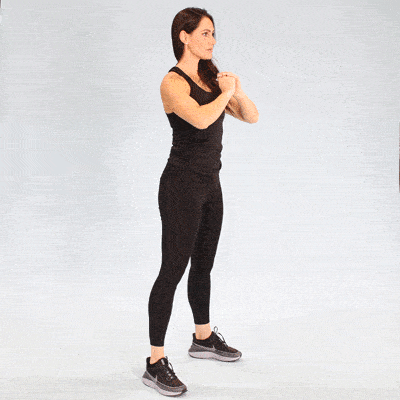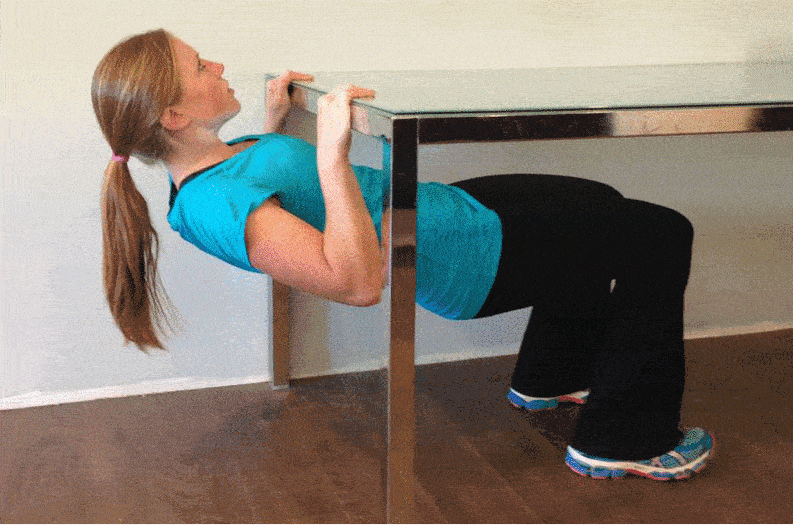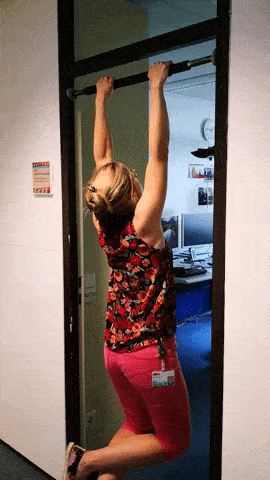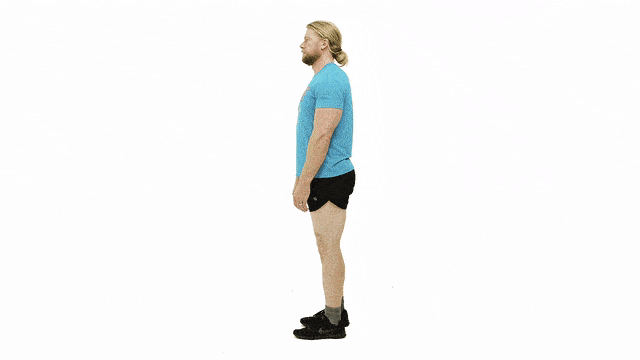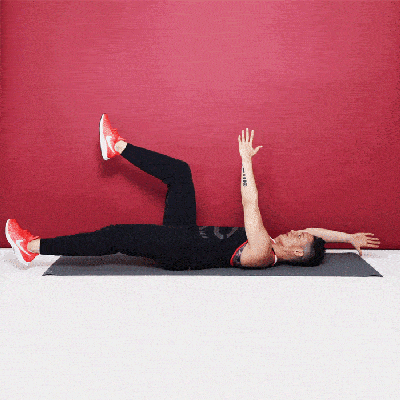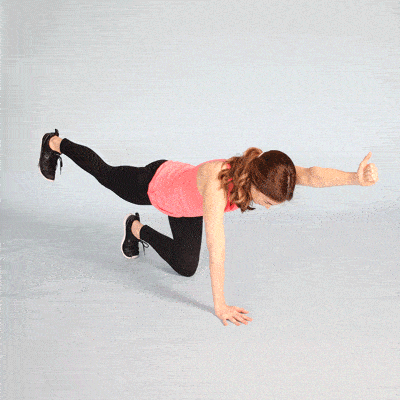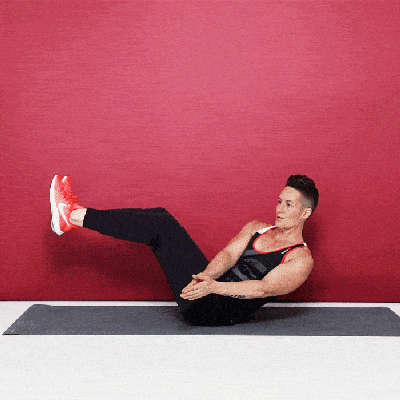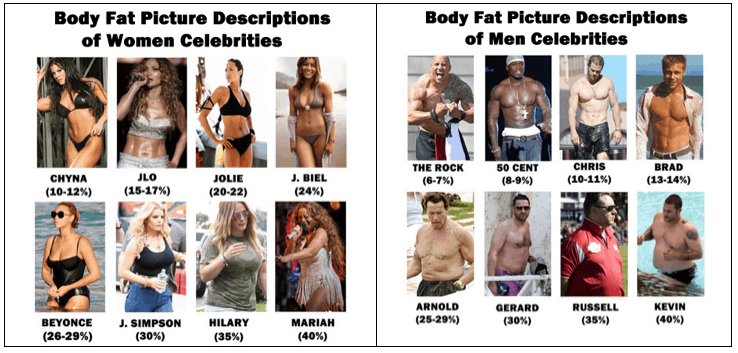Resistance Exercise Defeats Age-related Fat Accumulation
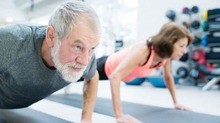
Resistance exercise keeps age-related fat accumulation from happening. Moreover, it slows down the rate of muscle wasting. Gaining fat and losing muscle is not a recipe for living long and strong, so find out what the problem is, and what to do about it.
If more of us did resistance exercise, many populations across the world wouldn’t be so fat. In the United States, two of three people are either overweight or obese [1]. People of every age are lugging around too much fat, and that tends to be more true the older we get, a troubling dynamic in the age of COVID-19.
Among many reasons for this, one that’s important but rarely explored is impaired lipolysis.
Lipolysis Explains Age-related Fat Gain
What is lipolysis?
Lipolysis is the process of the breakdown of fatty acids or lipids by a chemical reaction with water involving triglycerides.
(Triglycerides are a type of fat (lipid) found in your blood. When you eat, your body converts any calories it doesn’t need to use right away into triglycerides. The triglycerides are stored in your fat cells. Later, hormones release triglycerides for energy between meals.)
Fat was once thought to be fairly inactive biochemically, but we now realize that fat cells are active and negatively affect your health. The Mayo Clinic says belly fat is not limited to the extra layer of padding located just below the skin (subcutaneous fat). It also includes visceral fat — which lies deep inside your abdomen, surrounding your internal organs — and therein lies the problem.
Irrespective of your overall weight, having a large amount of belly fat increases your risk of:
- Cardiovascular disease
- Insulin resistance and type 2 diabetes
- Colorectal cancer
- Sleep apnea
- Premature death from any cause
- High blood pressure
Not mentioned in the Mayo article, but something I previously researched and wrote about is that belly fat can also precondition one for cancer.
What we want, then, is for our rate of lipolysis not to decline as we age. I’ll address that in a moment, but first let’s examine the research on the matter.
What the research shows about age-related decline in lipolysis
Researchers at Karolinska Institutet in Sweden conducted a study on men that provides novel insights into how our fat cells reduce lipid metabolism with age. The study is published in the journal Cell Metabolism and summarized by MedicalXpress.com.
As we age, many changes take place in our organs that affect physiological function. Earlier studies on mice have shown that macrophages in adipose (fat) tissue start to degrade noradrenaline, a hormone that stimulates lipolysis (the breakdown of lipids).
(Macrophages are a type of white blood cell of the immune system that engulfs and digests cellular debris, foreign substances, microbes, cancer cells, etc.)
It has long been thought that humans have a similar lipolysis mechanism to other animals, like mice, but the Swedish study shows that age-induced changes in the fat metabolism of the men studied operates differently. Instead of macrophages degrading with age, it’s the fat cells themselves that degrade noradrenaline as we age.
The changes in adipose tissue are controlled by biological age in humans, as opposed to some other mechanism, such as menopause or pregnancy. And this becomes a snowball rapidly rolling down a steep hill.
A lower rate of lipolysis can contribute to weight gain and the accumulation of fat all over the body. Atherosclerosis can be a result of this process, as well as changes in the ability of the body to deal with cold and hunger.
As you might expect, these assertions about lipolysis lowering as we age is true for women as well as men. A study on women predicts future weight gain and diabetes in them through the same age-related mechanisms which slows up lipolysis. The researchers took biopsies of subcutaneous fat tissue from 89 women, all of whom were initially healthy and non-obese, and followed up 13 years later.
The women who gained weight in the interim showed a 50% increase in spontaneous lipolysis and a 50% decrease in hormone-stimulated lipolysis compared with weight-stable individuals. Moreover, lower expression of genes involved in regulating lipolysis was associated with later weight gain.
So, what this means is that a slow down in the rate of lipolysis could be behind, at least in part, weight gain that occurs as you age.
The results of these studies are interesting from a public health perspective with respect to obesity—a growing problem worldwide that leaves people susceptible to many diseases.
Dr. Niklas Mejhert, who was involved in both studies, said:
It was once thought that the fat cell was fairly inactive, but we suspect that it’s active and controls a lot more than previously thought. If we can regulate the accumulation of fat in a more controlled way, it could bring huge advantages.
The Fat Solution — Increase lipolysis with resistance exercise
I’ve written about how we need to be proactive about ensuring that our muscles don’t waste away (sarcopenia) as we age. And now we can add to that a heightened vigilance due to age-related lipolysis.
Together, sarcopenia + lipolysis create a double whammy that can make you weak, overly fat and under-muscled.
Fortunately, there’s one solution that address both problems — resistance training!
To explain that, let’s rely on a paper called Yes! You do Burn Fat During Resistance Exercise written by conditioning coach Lawrence Herrera and Dr. Len Kravitz, both from the University of New Mexico. Their paper reviews a study conducted on just eight males, but derived conclusions common by many studies of this kind:
- Energy expenditure among the eight men was elevated approximately 10.5% higher for 40 minutes after the workout day as compared to the control day.
- Glycerol levels (the marker for lipolysis) were raised 78% during and 75% after the resistance training as compared with corresponding times on the control day.
- Fat oxidation was 105% higher after the workout day as compared to the control session (no exercise).
They therefore conclude that:
- Fat is definitely being used as a fuel during and after resistance training.
- That growth hormone is also elevated after exercise supports the hypothesis that resistance training activates lipolysis, because that’s what growth hormone does, as it greatly contributes to post-exercise fat oxidation.
What resistance training did the men perform?
Before I tell you that, let’s get on the same page regarding what is “resistance training”. It’s quite simple:
Resistance training is any exercise that causes the muscles to contract against some load, whether it is your own body weight or an external resistance (weights, resistance bands, water bottles, et al), with the expectation of increases in strength, tone, mass, and/or endurance.
A simpler definition is:
Exercise that will build (or maintain) muscle and make you stronger (or maintain strength).
In the study of eight men, they performed three sets of 10 reps using a load of 85 to 100% of the their 10 rep maximum on the chest press, lateral pull down, leg press, shoulder press, leg extension and leg curl. Rest periods were kept to 90 seconds or less between all sets and exercises.
How does resistance training affect lipolysis in women?
Women, don’t feel left out. A similar study entitled Fat metabolism and acute resistance exercise in trained women was done with 11 women to test how resistance training affected their lipolysis.
The researchers wanted to determine if resistance training contributed to lasting changes in fat mass by the accumulated effect of transient increases in lipolysis. Prior to the study, research on lipolysis was only conducted on lean active males and lean and obese sedentary males [2,3].
What the researchers wanted to establish in the female study were the potential mechanistic changes in fat metabolism resulting from resistance training that may contribute to changes in fat mass, and thus overall health in active women.
What they discovered was:
Resistance exercise significantly increased lipolysis during and after the exercise period, and significantly increased fat oxidation immediately afterward, as well as did growth hormone.
Your Resistance Exercise Takeaway
What this means for you is that if you want to prevent sarcopenia (muscle wasting) and reduced lipolysis, you must do resistance exercise.
If you don’t go to a gym, and have no equipment at home, do calisthenics.
What follows is a simple at-home program using your own body weight that you can perform three to four times per week. “X” and “Y” are determined by your fitness level. Make your rest between sets as short as possible, but long enough that you can complete each paired exercise group at least three times. If a picture isn’t animated, click it to see how to do the exercise correctly. As you can see from the examples I’ve included, you can modify how you do these exercises.
First Group: Do X number of push-ups, immediately followed by Y squats.
Easy Peasy
Harder
Hardest
Squat (go as low as you can)
Second Group: Do X pull-ups, immediately immediately followed by Y curtsy lunges.
Modified pull-up
Regular pull-up
Curtsy Lunge
Third Group: Do X single leg dead lifts, immediately followed by Y reps of any of the core exercises shown below.
Single Leg Dead lift
Core Exercises
For more examples of resistance training, go here.
For tips on getting rid of belly fat, check these out:
22 Belly Fat Tips from 3 Experts
The Science of Losing Belly Fat
The Baby Boomers Guide To Trimming Body Fat
How I’m Boosting Testosterone and Blasting Body Fat
Any questions?
If so, please type them in the Comments section below.
Last Updated on February 25, 2024 by Joe Garma

